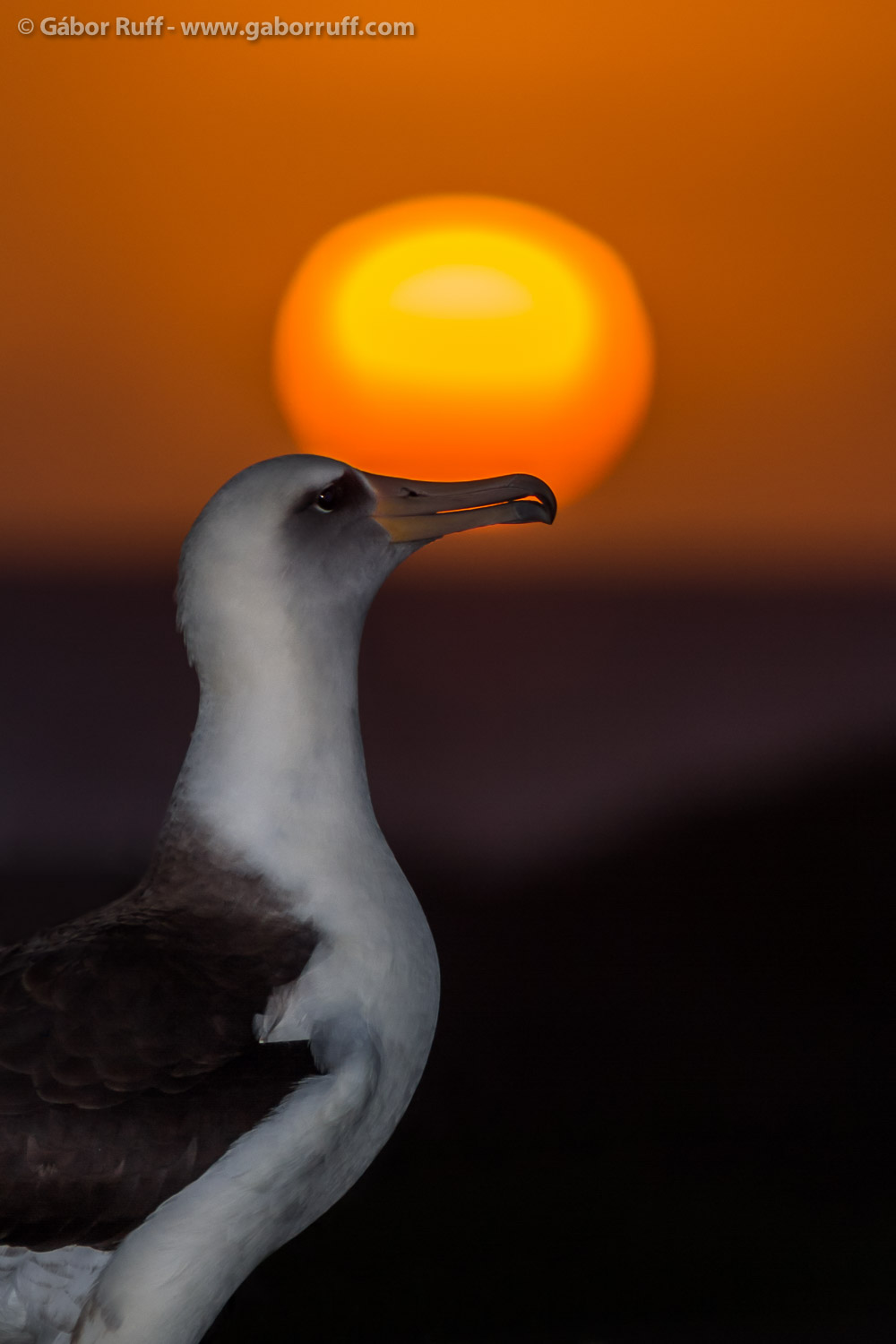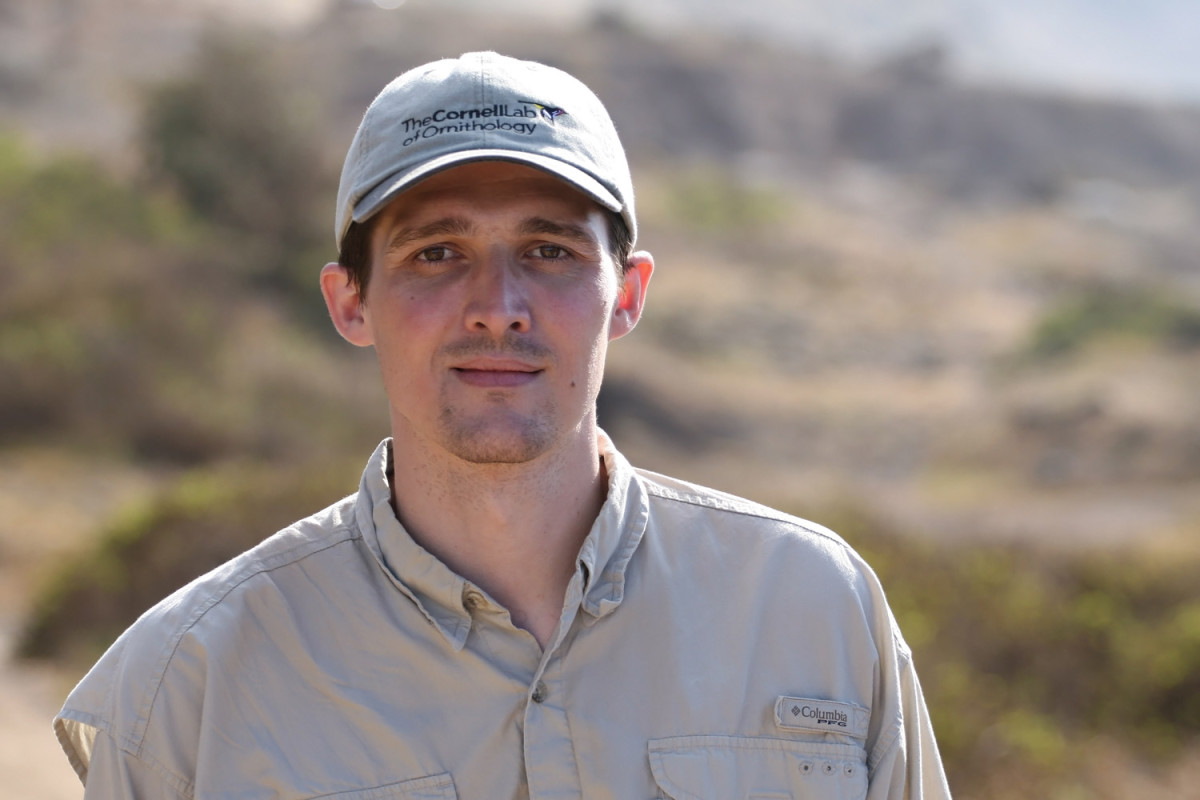Hawaii is famous for its spectacular sunsets and I’ve always wanted to combine my favorite Hawaiian bird, the Laysan albatross and a stunning sunset in one photo. The picture in my mind was a close portrait of an albatross with the setting sun in the background. In order to show the sun as large as possible I had to use the longest focal lenght I have (420mm). I’ve spent lots of time at Kaena Point on Oahu photographing Laysan albatrosses during the years and have tried many times to take the photo I imagined and a few weeks ago I was finally rewarded with the perfect conditions. Not only the bird was in the right place without any dunes or shrubs between it and the setting sun on the horizon, but there was an extremely thick „vog” in the air. Vog is short for „volcanic smog” and it is one of the reasons besides the geography of the islands, humidity levels and some other factors that makes Hawaiian sunsets so beautiful. The volcanic activity from the Big Island of Hawaii pollutes the air with this vog and at a time of sunset, when the sunlight travels a long path through the atmosphere it encounters these particles in the air that cause light to scatter. Sunsets normally have a reddish-orange hue, because the longer wavelengths of light (red and orange) are least scattered. The effect becomes more pronounced if the air contains more particles and around Hawaii the air has many of them thanks to the continuous eruption of the Kilauea volcano. When I saw this sunset I was very happy. I positioned my camera in the right place to reach the desired composition and because I didn’t want to show just a silhouette of the bird, I used my flash to light up its face.
Gear: Canon EOS 7D, Canon 300mm F/4 lens + Canon 1.4x extender, Canon 430 EX flash, Manfrotto tripod


